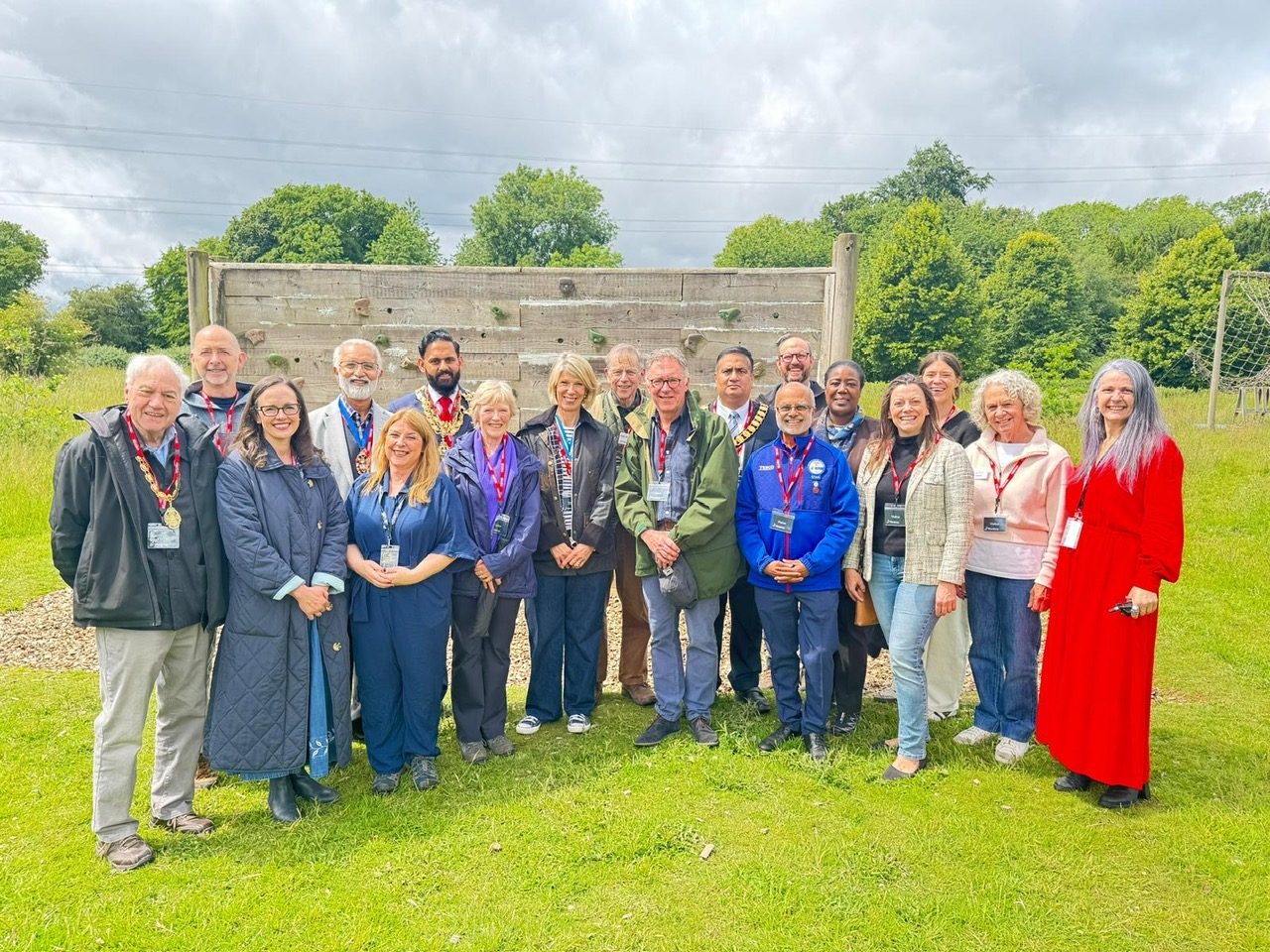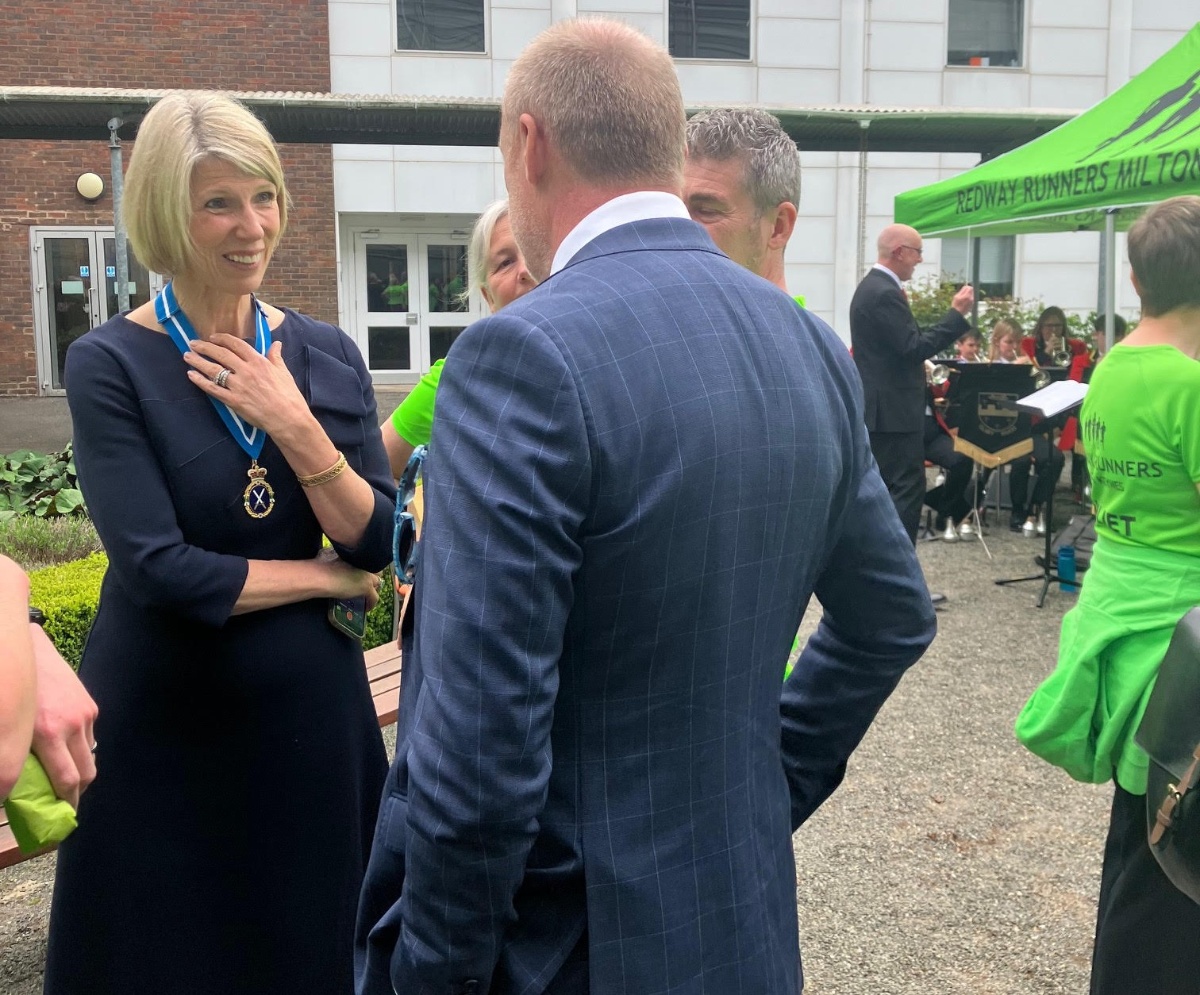Let Us Work Together to Lift Up Our Young People and
Let Us Celebrate the Power Of Volunteering
High Sheriffs are increasingly involved in their counties, offering active support to police and emergency services. They also encourage public sector partners like probation and prison services, and voluntary organisations dedicated to crime prevention and strengthening community ties. Their main formal duties today involve participation in royal visits within the county and assisting High Court Judges during their court sessions.
While individual High Sheriffs may emphasise different aspects based on their expertise and interests, the core aims of the role can be summarised as:

With huge thanks to Woodrow High House for helping me host a High Sheriff Fun Day on Saturday for 50 local young people who would not normally have access to this type of activity...
Read More
The first six weeks of my tenure as High Sheriff of Buckinghamshire have been truly inspiring and humbling, as well as extremely busy. I have had the distinct privilege of meeting remarkable individuals and...
Read More
Reflecting on an incredible first month in office, filled with meaningful engagements and community connections. From scout group visits to court ceremonies, every moment has been an opportunity to serve and support our county.
Read MoreThe Office of High Sheriff is an independent non-political Royal appointment for a single year. The origins of the Office date back to Saxon times, when the "Shire Reeve" was responsible to the King for the maintenance of law and order within the shire, or county, and for the collection and return of taxes due to the Crown.
Today there are 55 High Sheriffs serving the counties of England and Wales. The role of the modern High Sheriff is "to uphold and lend active support to the principal organs of the Constitution – the Royal Family, the Judiciary, the Police, the Prison Services and other law enforcement agencies, the emergency services, local authorities, and all recognised church and faith groups."

The term of High Sheriff traditionally lasts for one year. The Office of High Sheriff is the oldest secular Office in the United Kingdom after The Crown. The High Sheriff is appointed personally by HM The King at the Pricking Ceremony held in March each year.
The role of the High Sheriff has evolved over time and the current COVID-19 pandemic has accelerated that change. The central element of supporting The Crown, the Judiciary, and the Law Enforcement has remained, but the High Sheriff has had to adapt how they interact and work with crime prevention agencies, the emergency services, and also the charitable sector. High Sheriffs receive no remuneration and no part of the expense of a High Sheriff's year falls on the public purse.

The Office of High Sheriff is the oldest secular Office in the UK and has existed for over 1,000 years. During the 11th and 12th centuries their powers were very extensive. The High Sheriff judged court cases, collected taxes, and could raise the "hue and cry" in pursuit of felons.
The High Sheriff was the representative of The Crown. The Sheriff's powers were gradually reduced over succeeding centuries. Under the Tudors, Lord-Lieutenants were created as personal representatives of The Sovereign. The Sheriffs were responsible for issuing Court writs until relatively recently, yet the strong relationships with The Judiciary and Magistrates has continued to this day. Every year, The Sovereign pricks the names of the High Sheriffs in Nomination on vellum with a bodkin on the Sheriffs' Roll, a practice that goes back to Henry VII to ensure the name cannot be changed. It was originally believed that Queen Elizabeth I was responsible for the origination of the 'pricking' ceremony while embroidering in her garden. However, this is a myth as there are Sheriff's roles dating back to the reign of her father that were pricked in vellum, which means using animal hide. The High Sheriff is responsible for reading the Proclamation in his/her County on the accession of a new Sovereign.

buckinghamshire@highsheriffs.com
+44 (0) 7798 882712
undersheriff@highsheriffofbuckinghamshire.com
+44 (0) 7758 823370